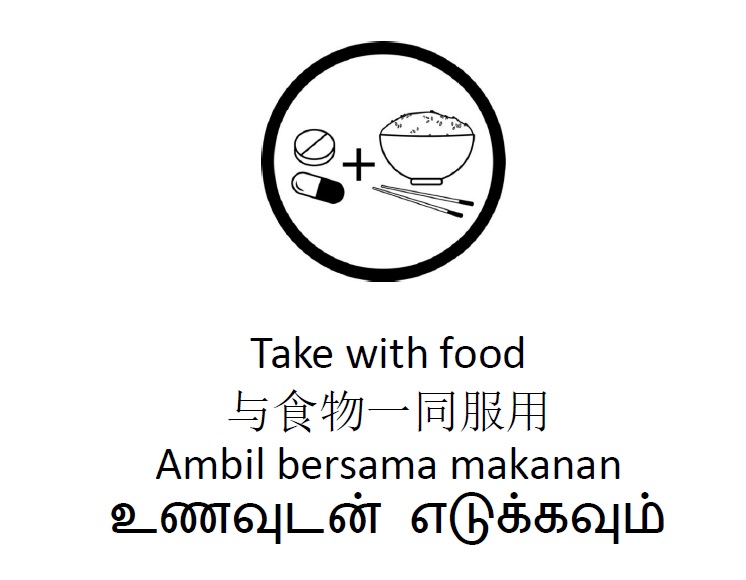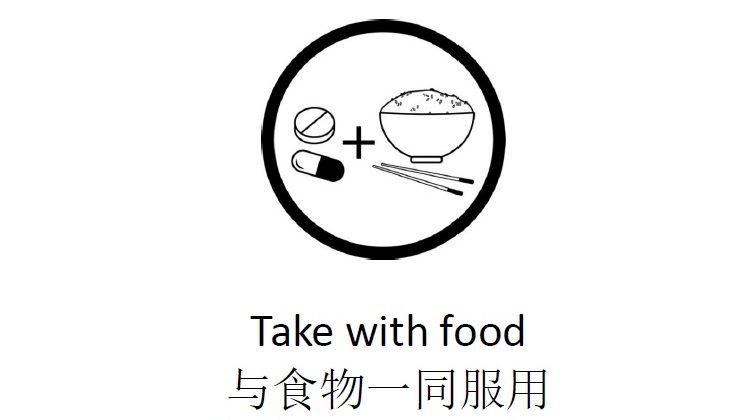SINGAPORE: Researchers from Duke-NUS Medical School have introduced a new set of pictograms designed to simplify medication instructions for older adults, addressing a critical need for improved understanding of prescription labels among senior citizens.
The initiative, titled the “Prescription Medication Label Improvement for Singaporean Elderly” project, aims to reduce confusion over medication instructions by using 35 carefully designed pictograms.
This visual aid system is intended to make it easier for patients, particularly senior citizens, to comprehend how and when to take their medication, thereby reducing the risk of incorrect dosages or missed doses.

A 2020 study by Duke-NUS revealed that nearly 50% of 1,167 older adults struggled to understand traditional medication labels, often leading to issues with adherence to prescribed regimens.
This lack of comprehension has serious implications, as it can lead to ineffective treatment and potentially adverse health outcomes.
To address these challenges, researchers from Duke-NUS collaborated with several key partners, including SingHealth Polyclinics, the National Healthcare Group (NHG) institutions—NHG Polyclinics and NHG Pharmacy—and the National Institute of Education (NIE).
Together, they curated and tested the pictograms, incorporating 20 designs from the International Pharmaceutical Federation Foundation for Education and Research, while creating an additional 15 pictograms tailored to Singapore’s unique cultural context.
The pictograms were evaluated in two studies conducted between March 2019 and February 2021, with participation from over 600 Singaporean adults aged 60 and above.
The research included seniors with limited or no English proficiency to ensure the inclusivity and usability of the pictograms.
Findings showed that over 66% of the participants could correctly interpret the pictograms, while over 85% rated them as effectively conveying their intended meanings.
This high level of understanding indicates that the pictograms are suitable for widespread implementation without further modifications.
“Older patients rely heavily on medication labels as a source of information due to a higher prevalence of chronic diseases and increased medication intake.
There is an urgent need to improve existing medication labels to help older adults take their medication safely and better adhere to their medication routines,” stated Rahul Malhotra, Deputy Director of the Duke-NUS Centre for Ageing Research and Education (CARE), who supervised the studies as the principal investigator of the project.
The researchers are now collaborating with public healthcare institutions and pharmacies across Singapore to roll out the pictogram system, encouraging its adoption to improve patient safety and health outcomes.
The team hopes that this initiative will set a precedent for enhancing medication label readability for older adults and all patients who may face difficulties understanding conventional text-based instructions.

